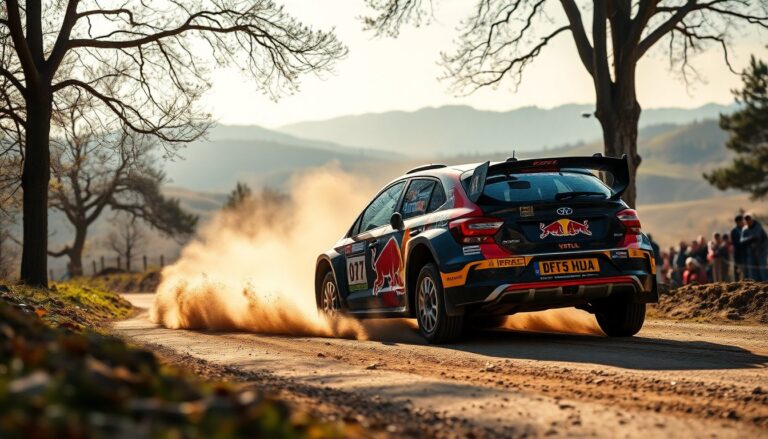Argomenti trattati
The thrill of rally racing
Rally racing stands out as a unique and exhilarating motorsport that captivates audiences with its blend of speed and skill. Unlike traditional circuit racing, rally events unfold on varied terrains such as gravel, dirt, snow, and asphalt. This diversity not only challenges the drivers’ abilities but also highlights their vehicles’ performance capabilities. With origins dating back to the early 20th century, rally racing has evolved into a global phenomenon, drawing enthusiasts and competitors from around the world.
The evolution of rally racing
The origins of rally racing date back to the early 1900s, when it started as a series of timed trials across public roads. Over the years, the sport has undergone significant transformations, evolving into organized events and international competitions. The World Rally Championship (WRC), established in 1973, represents the pinnacle of this motorsport, featuring a series of races held in diverse locations around the globe.
Key milestones in rally history
Rally racing has experienced several pivotal moments that have significantly influenced its development. One notable milestone occurred with the introduction of all-wheel drive vehicles in the 1980s, transforming performance on rugged terrains. The rise of iconic manufacturers such as Subaru and Ford also played a crucial role in shaping the competitive landscape of the sport. Furthermore, legendary drivers like Colin McRae and Sébastien Loeb not only popularized rally racing but also became household names, inspiring future generations of racers.
The unique challenges of rally racing
Rally racing poses specific challenges that distinguish it from other forms of motorsport. A key factor is the variety of terrains drivers must navigate. Each rally stage can feature abrupt shifts in surface conditions, compelling drivers to adjust their techniques and strategies on the fly. This element of unpredictability not only enhances the excitement for spectators but also presents significant demands for participants.
In rally racing, effective navigation is vital for a team’s success. Unlike circuit racing, where the tracks are predetermined, rally stages occur on closed public roads. Drivers depend significantly on their co-drivers, who provide real-time instructions during the race. The co-driver’s skill in interpreting pace notes—detailed descriptions of the upcoming road conditions—is critical for maintaining high speeds while ensuring safety. This unique collaboration between the driver and co-driver highlights the strategic nature of rally racing.
The future of rally racing
Rally racing is undergoing significant transformation as technology advances. The incorporation of telemetry systems and data analysis has revolutionized how teams prepare and strategize for competitions. Additionally, the emergence of electric vehicles is starting to make a significant impact in the rally community, with events like the Extreme E series highlighting the potential for sustainable racing.
However, the fundamental thrill of rally racing remains unchanged. It continues to blend speed, skill, and teamwork. As new talents emerge and innovations reshape the sport, rally racing is poised to maintain its allure, captivating audiences and inspiring future champions.
Rally racing transcends mere motorsport; it highlights the remarkable skill and creativity of its participants. With a storied history and ongoing challenges, rally racing captures a sense of adventure and competition. This resonates deeply with fans worldwide. Whether you are an experienced follower or exploring the sport for the first time, the thrill of rally racing offers an unforgettable experience.

